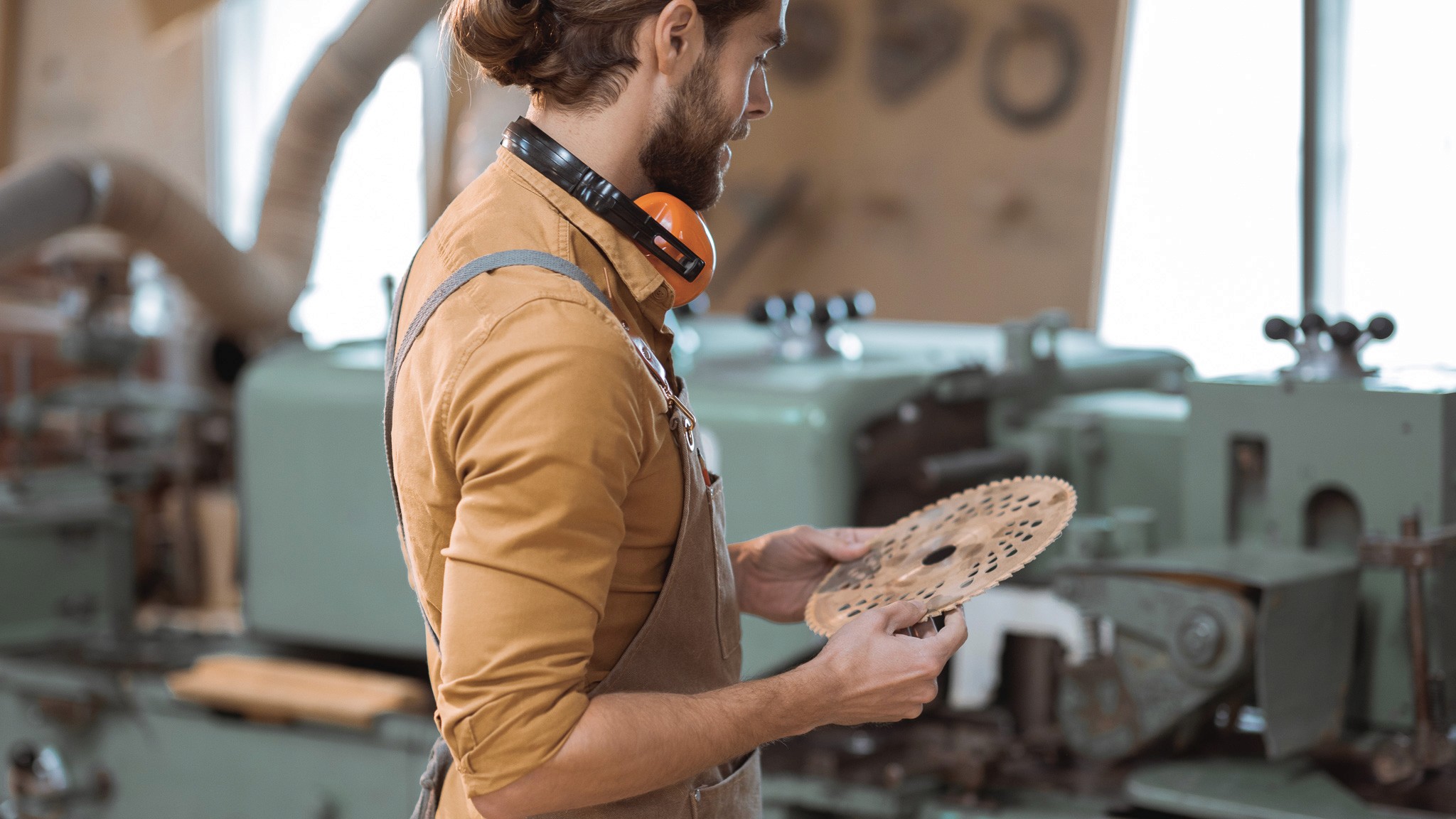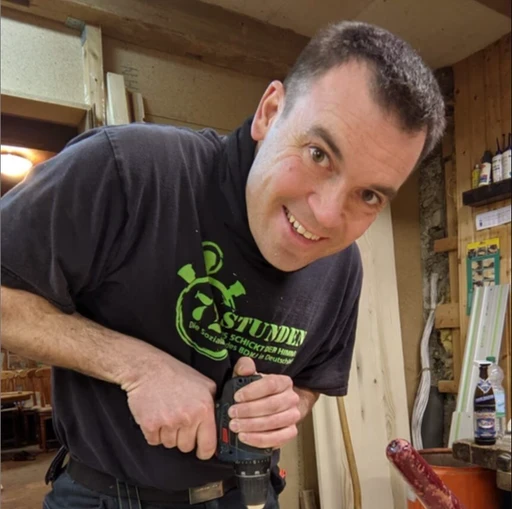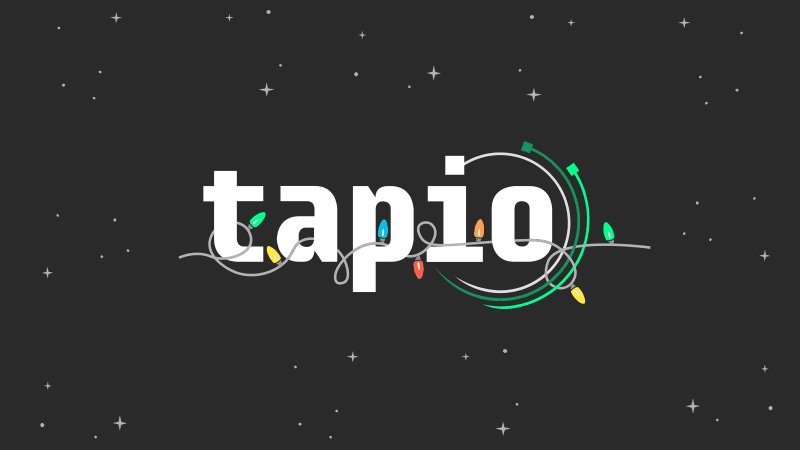Technology platforms are just a means to an end, customer proximity and the business network are crucial
Digitalization is currently often equated or misunderstood with technology. Technology is only a means and a driver of change. New technology does not make it obsolete to have to think about what makes sense for the application you have in mind.
At tapio we have asked ourselves these questions, specifically for the wood industry. In our eyes, it only makes sense to focus on one industry, because every industry has its variations, its logic, and a whole specific structure. All this must be taken into account if you want to offer solutions that are relevant to your customers.
If you look at the reality in the wood industry, you can quickly see that all producers, be they small carpenters or industrial furniture manufacturers, have a very colorful physical reality. Almost nobody has only machines, tools and materials from one supplier. It is the standard case that there are at least two machine suppliers, two tool suppliers, and various material suppliers. In physical reality, all these physical objects work hand in hand.
But if you look at the digital world now, it becomes strange. In many industries, IoT platforms are emerging from manufacturers. But most of them are designed as silos. Because the motto is "My machine, My cloud, My app." This approach is the logical consequence if you apply traditional management methods to the digital world and treat data like physical goods (more on this in the Blog).
The consequence is that customers who work in a very colorful physical reality need to use X different digital silos. Because machine A is in IoT platform A and B in B etc.. Synergies can't be realized, and this is not efficient.
As a manufacturer you can deliver a few solutions to the customer with such an approach, some efficiency gains are always possible. However really new ideas with substantial added value are difficult to implement. Even for advanced optimizations, you need more information than just from one object.

What would be possible if the machines, the tools, and the materials also knew each other digitally?
This question was the trigger for us to say that a Silo IoT platform has no long-term added value for our customers. There has to be some kind of ecosystem in which the various suppliers, manufacturers, and companies in the industry can network digitally.
Only if there is a common denominator that can be used by all synergy will emerge. Nor does it makes sense for everyone to reinvent the underlying technology over and over again. What we lack is a kind of digital infrastructure for an industry in which essential functions have been developed once and which enables all participants to interact with each other under clear rules. Only if the data flows new things can evolve, many of them we will not be able to imagine today. Then all players in the industry have the opportunity to shape their digital future themselves because they can focus on their know-how area and do not have to become experts for technology platforms.

What do we mean by an ecosystem?
An ecosystem consists of solution-oriented cooperation (e.g., the tapio MachineBoard) as well as a common technology platform. This results in intelligent services for customers of all sizes. As a result, the customer's digital world becomes as colorful as his physical reality. An IoT platform usually provides purely technical components, an ecosystem with many partners provides solution-oriented services. "Only the engine of a car is not enough for a great driving experience, it needs, for example, also a good chassis or a practical interior."

















